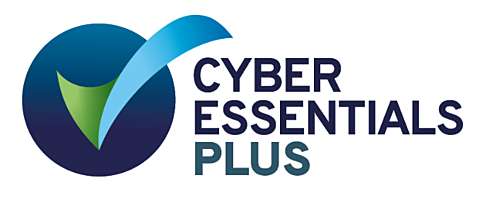DC Processes and SLAs
13 Dec 2021
Setting the scene
Pension administration processes often involve a number of interactions between different parties. Understanding the different roles and responsibilities, ensuring appropriate SLAs are in place for all steps, and managing risks in the handover is crucial to ensuring effective administration and a positive member experience. It’s important that as technology evolves and the parties involved change, the processes are revisited to ensure they continue to meet Trustee requirements.
Our client was implementing a new DC platform provider. The existing DB administration remained in-house. The new provider had proposed their standard SLAs, and the client wanted to ensure they were fit for purpose and in-line with good practice. We were appointed to use our experience and expertise to assess the SLAs and DC processes.
How do you determine an appropriate SLA?
To understand whether the proposed SLAs were appropriate, we undertook a review of the new DC processes and the interfaces between payroll, finance and the in-house administrator to:
- Ensure all activities were encapsulated within the SLA.
- Assess whether are any risks were present in the processes, particularly in the exchanges between parties.
- Understand how the activities completed by the platform provider sat within the whole end-to-end process, which is ultimately upon what the member experience is based.
We met openly with the programme manager and business analysts responsible for developing the new processes to ensure we had a full understanding, and to identify any constraints.
We also reviewed the SLAs proposed by the platform provider against what we would expect to see based on our experience of the market and client projects. We undertook an analysis of the number of DC administration transactions the client could expect to perform in the subsequent years using historic client data to help test whether the SLAs felt appropriate.
We reported to the client on our findings and gave our reassurance on the effectiveness of the processes, highlighting key risks and providing guidance on the proposed SLAs.
We also provided the client with a detailed end-to-end DC SLA for the DC processes encapsulating steps performed by all parties, and enabling the client to truly understand and measure the member experience.
The results
With our support, the client was able to negotiate alterations and reach a level of comfort with the SLAs proposed by their new provider (not only that these were in line with market practice, but also that they were appropriate for the volumes of work expected to be undertaken).
By reviewing the DC processes, we were able to help our client put in place an end-to-end SLA, which covers each step in the process, including internal parties like payroll and HR. Our review has helped the client, platform provider and in-house administration team mitigate risk inherent in the processes and develop detailed work instructions, with clear demarcation of responsibilities between the parties.
Each party has now signed up to these SLAs and they are an effective tool for monitoring the efficiency of a process. However, it is equally important that the aim to hit an SLA target doesn’t sacrifice process and output quality. It is about striking the right balance between timeliness of a process, and the quality of the member experience.
Key learnings
- Understanding the processes is critical to ensuring all activities are captured in provider SLAs and any risks are being appropriately managed by the provider before entering into a contractual arrangement.
- End-to-end SLAs that belong to the provider can help the Trustee see through the full process and where each activity is undertaken.
- SLAs help to monitor the effectiveness, efficiency and timeliness of a process. But they cannot measure quality. Putting in the wrong SLA, can damage quality service delivery, so the right balance needs to be struck.


